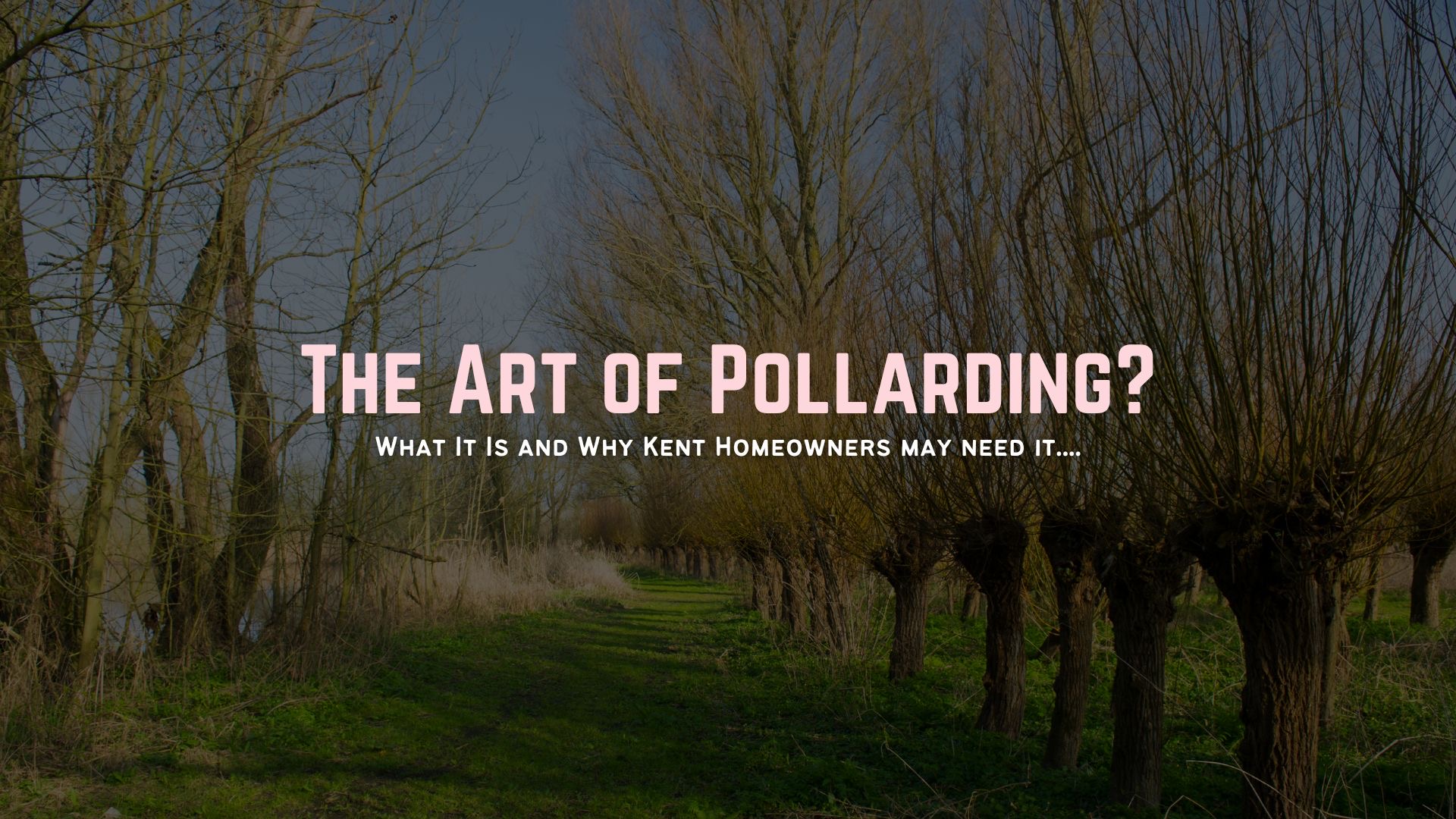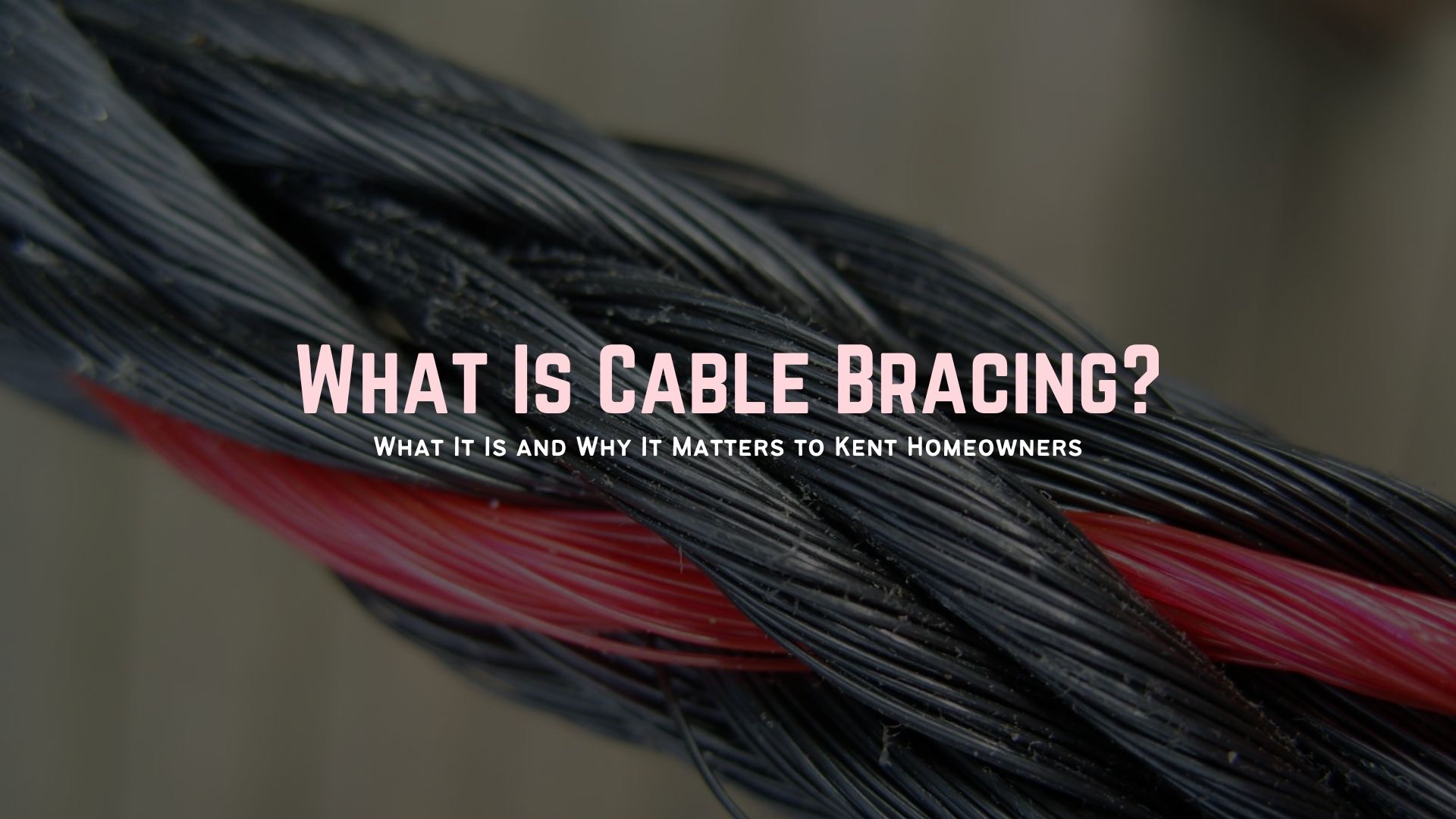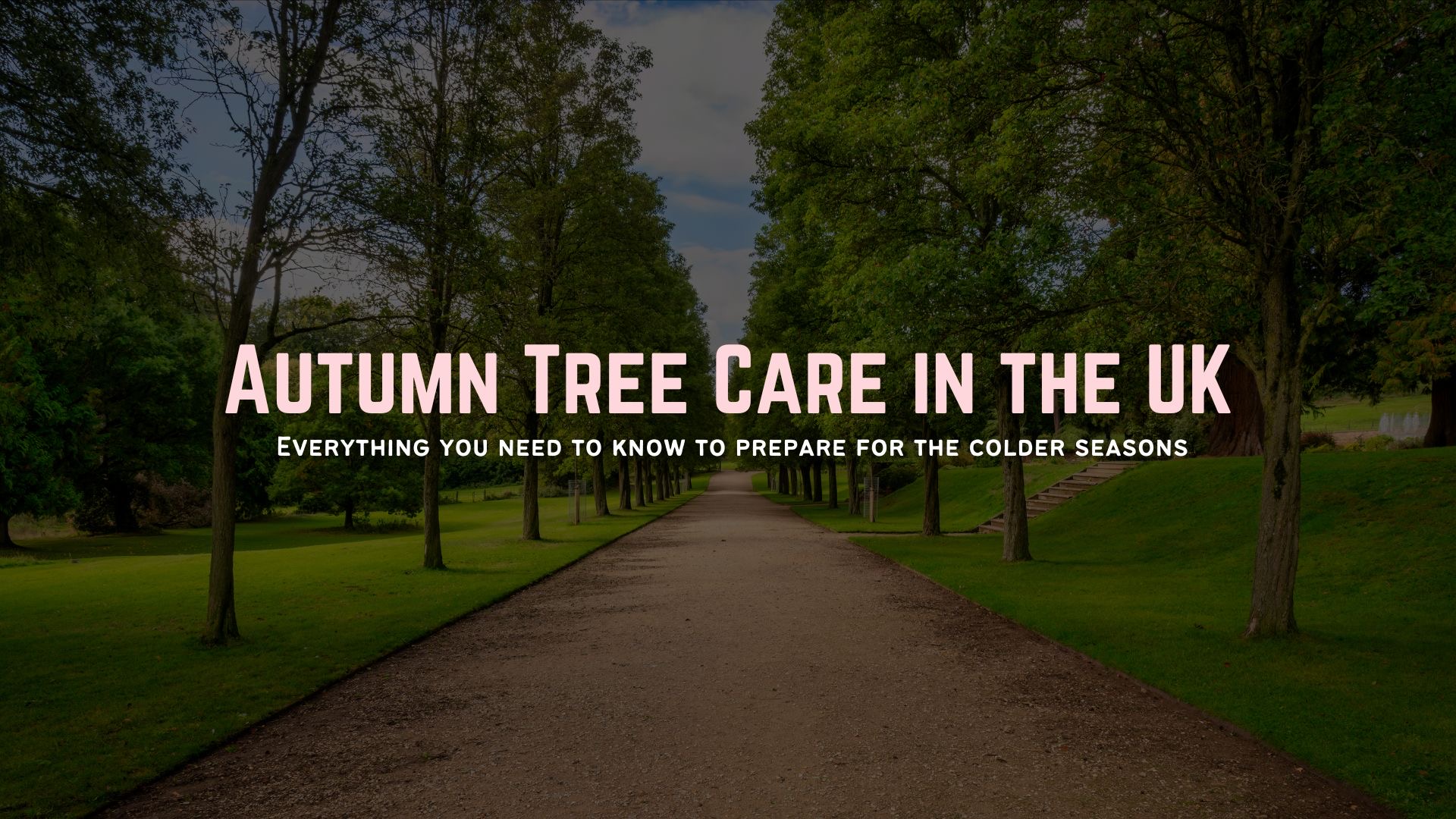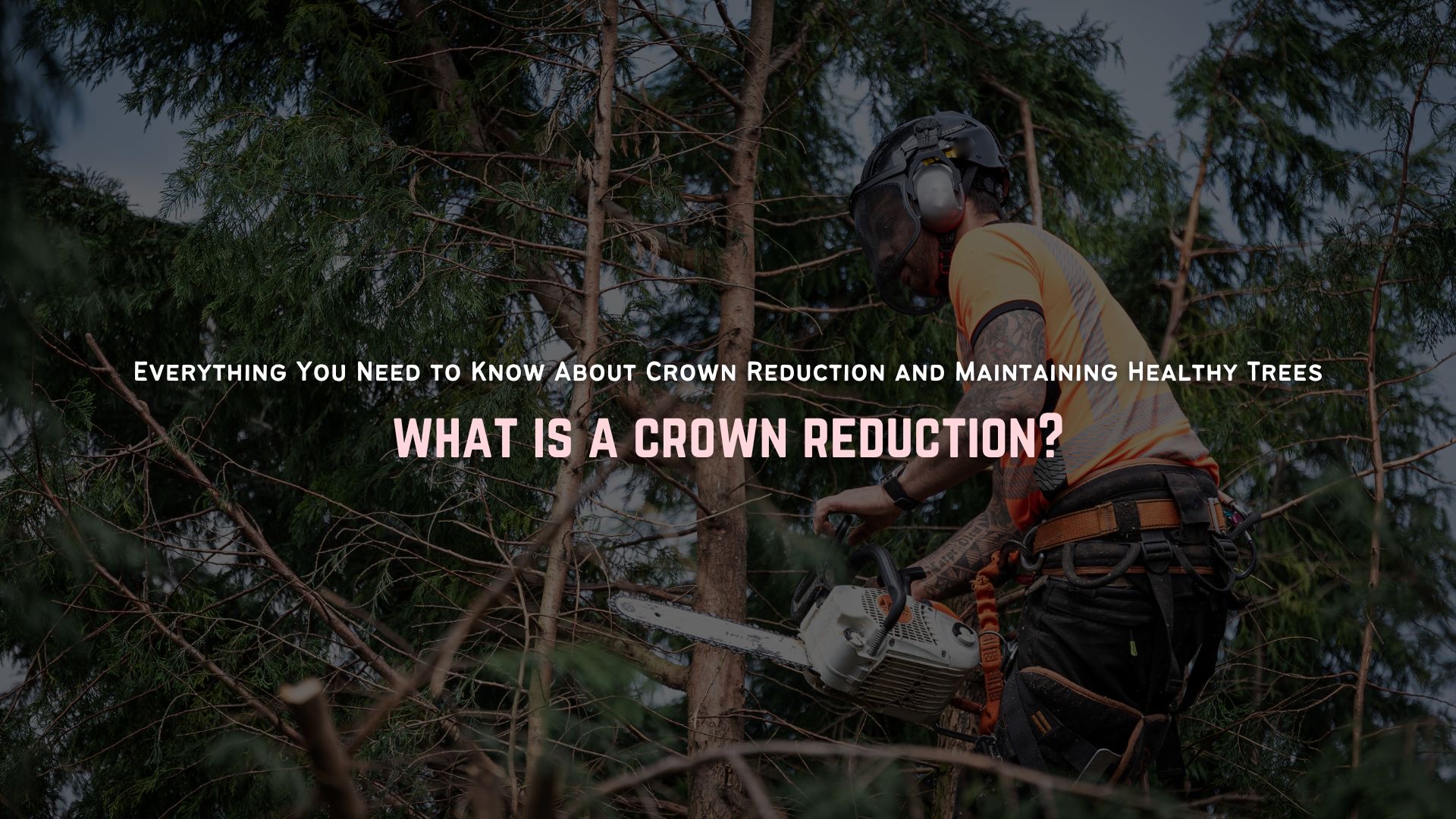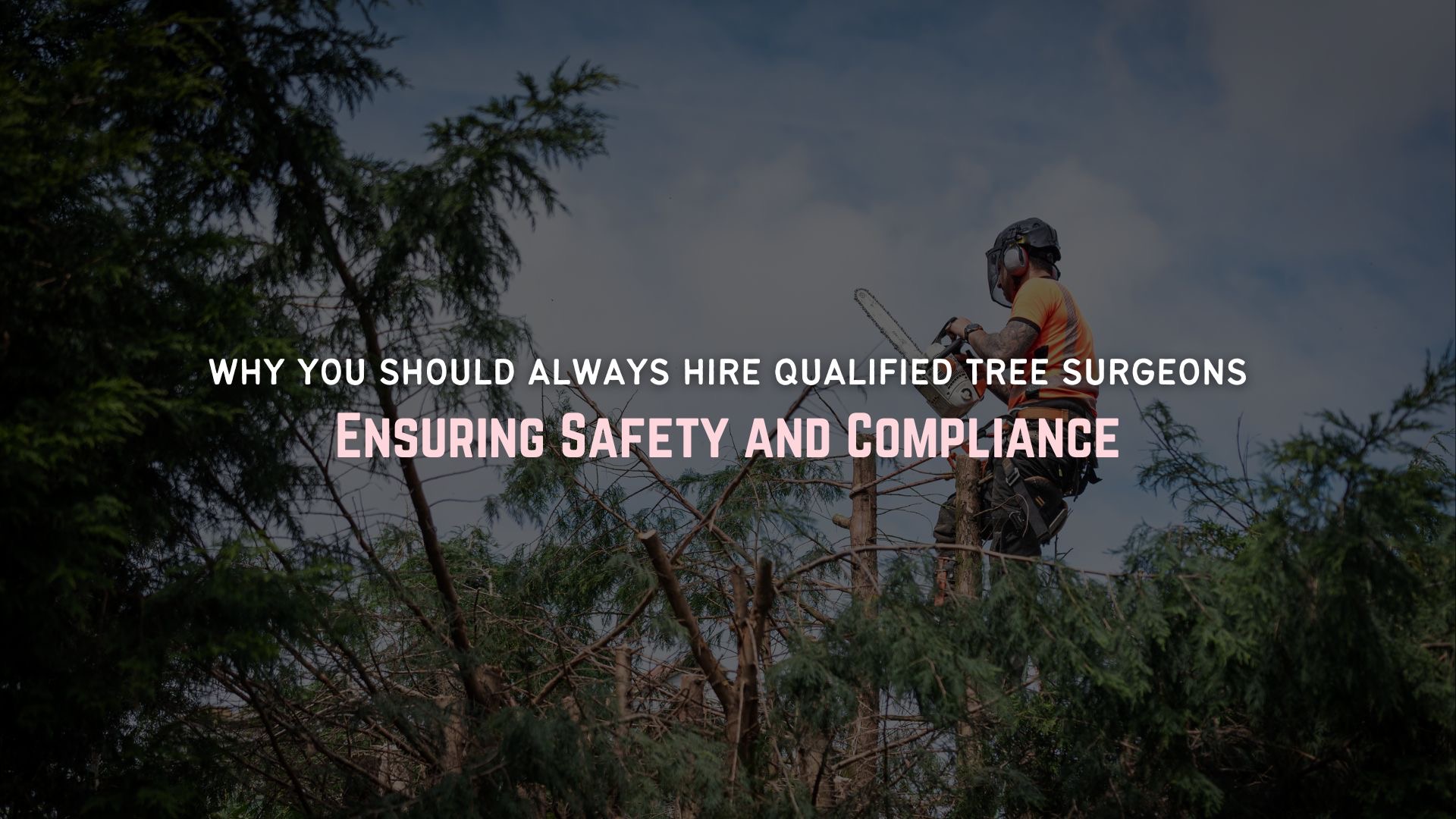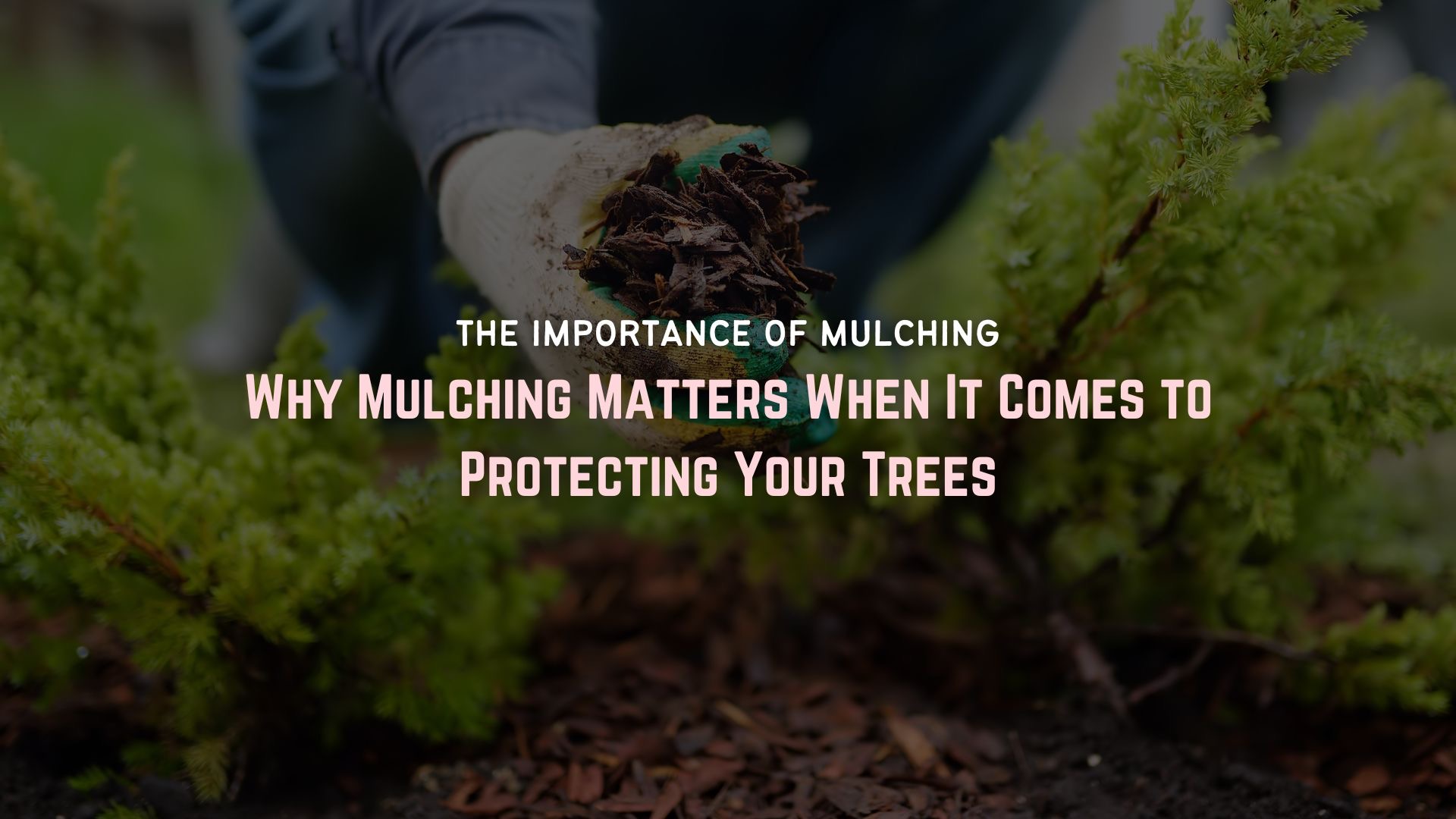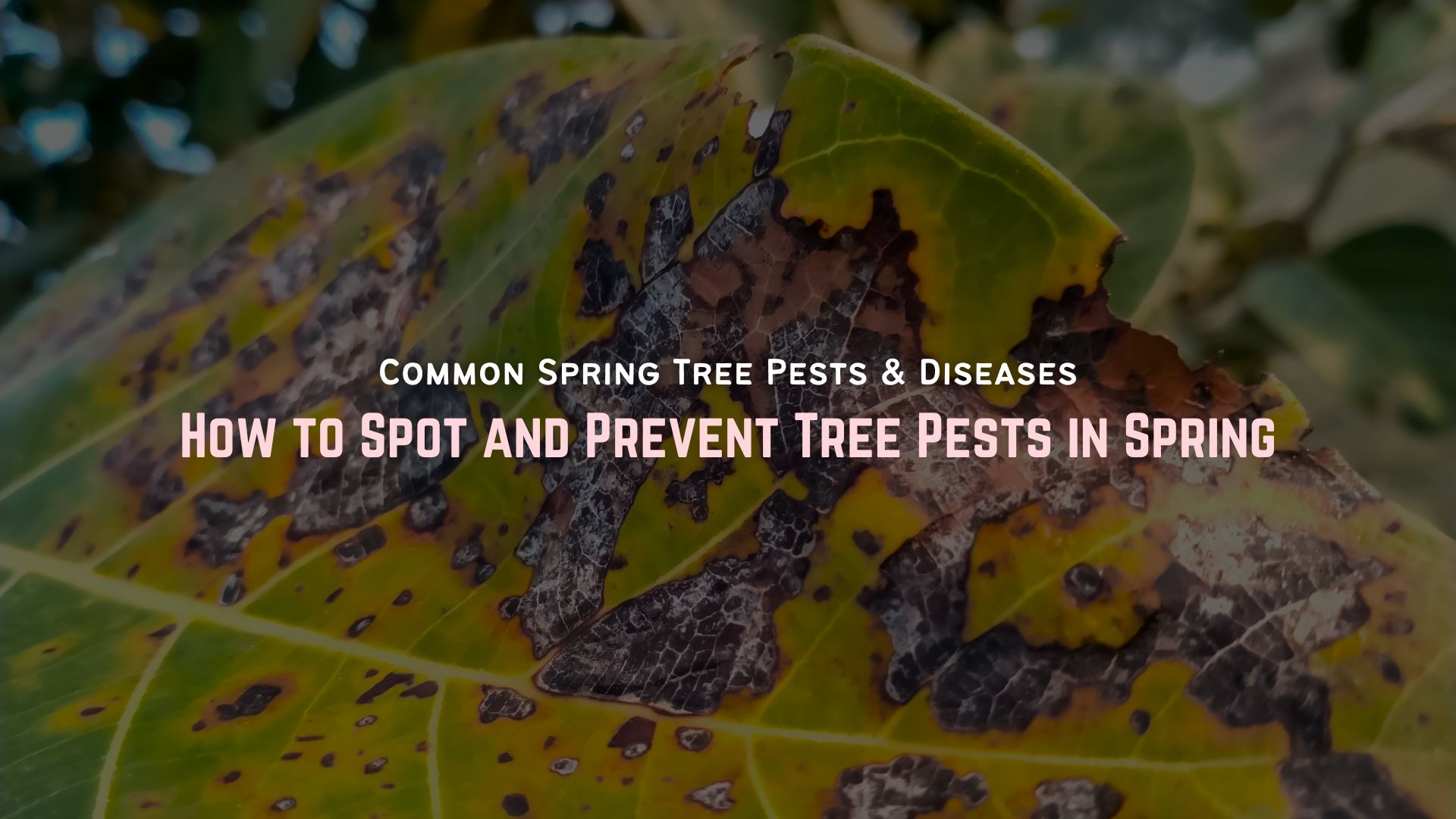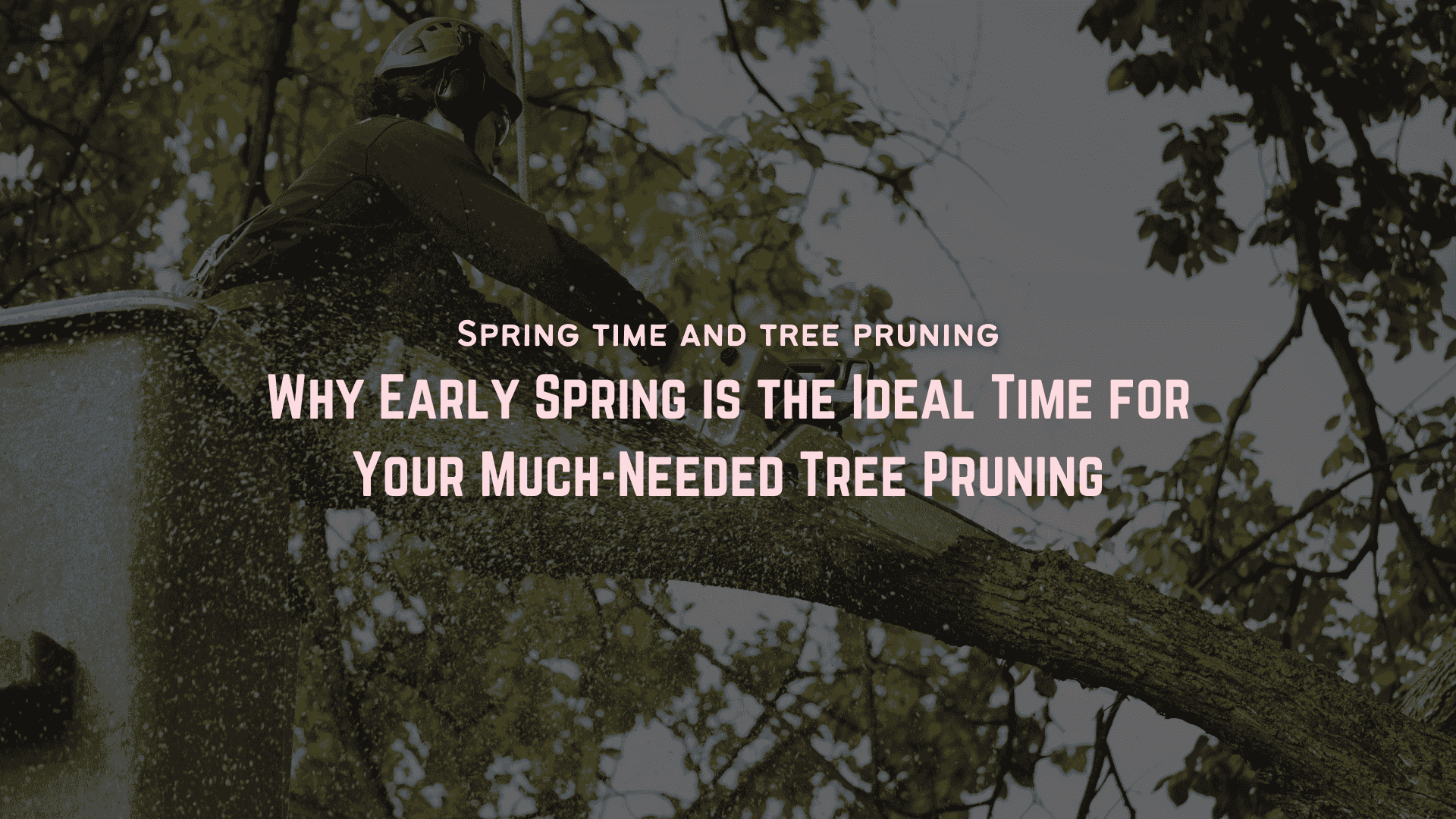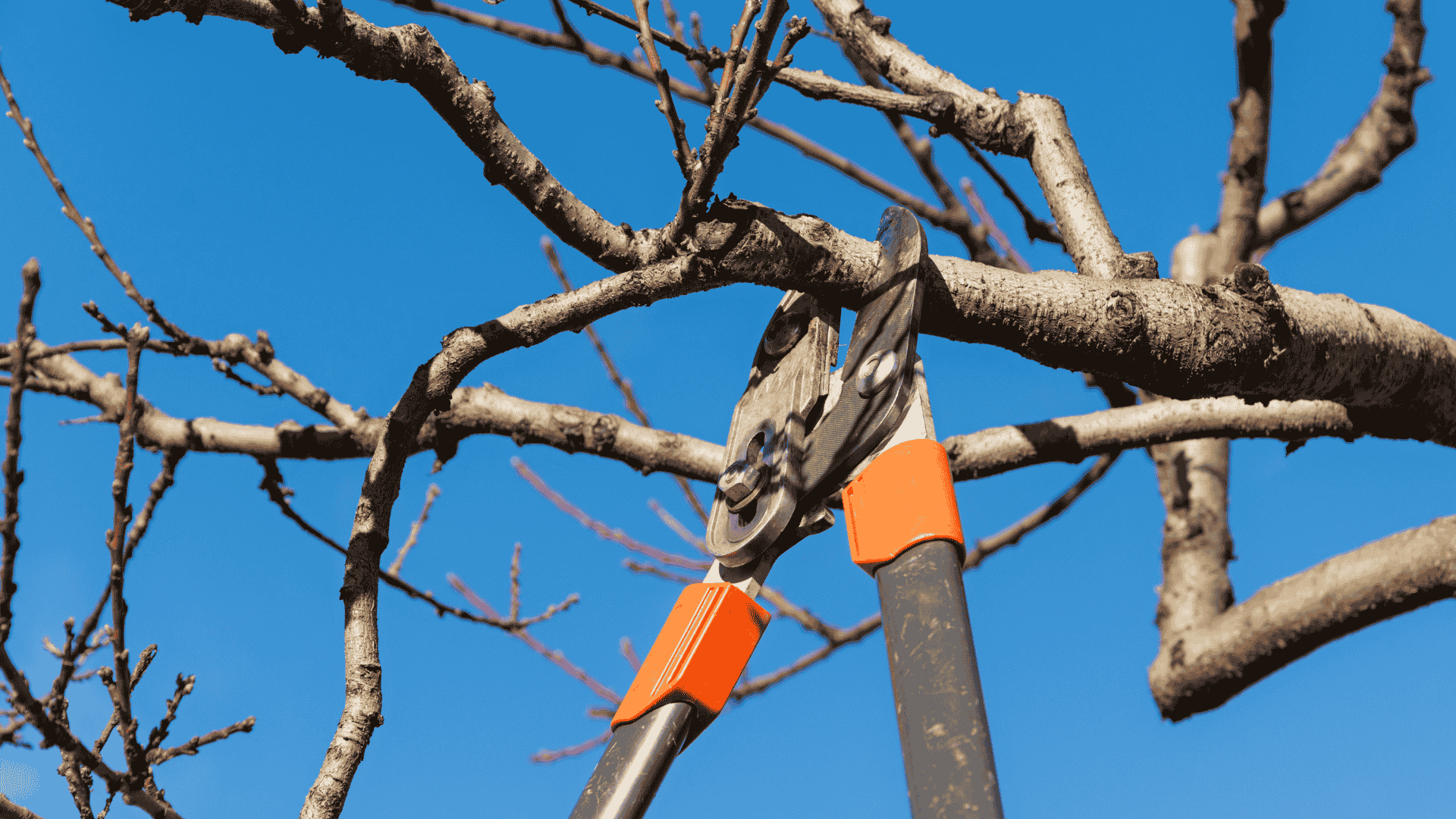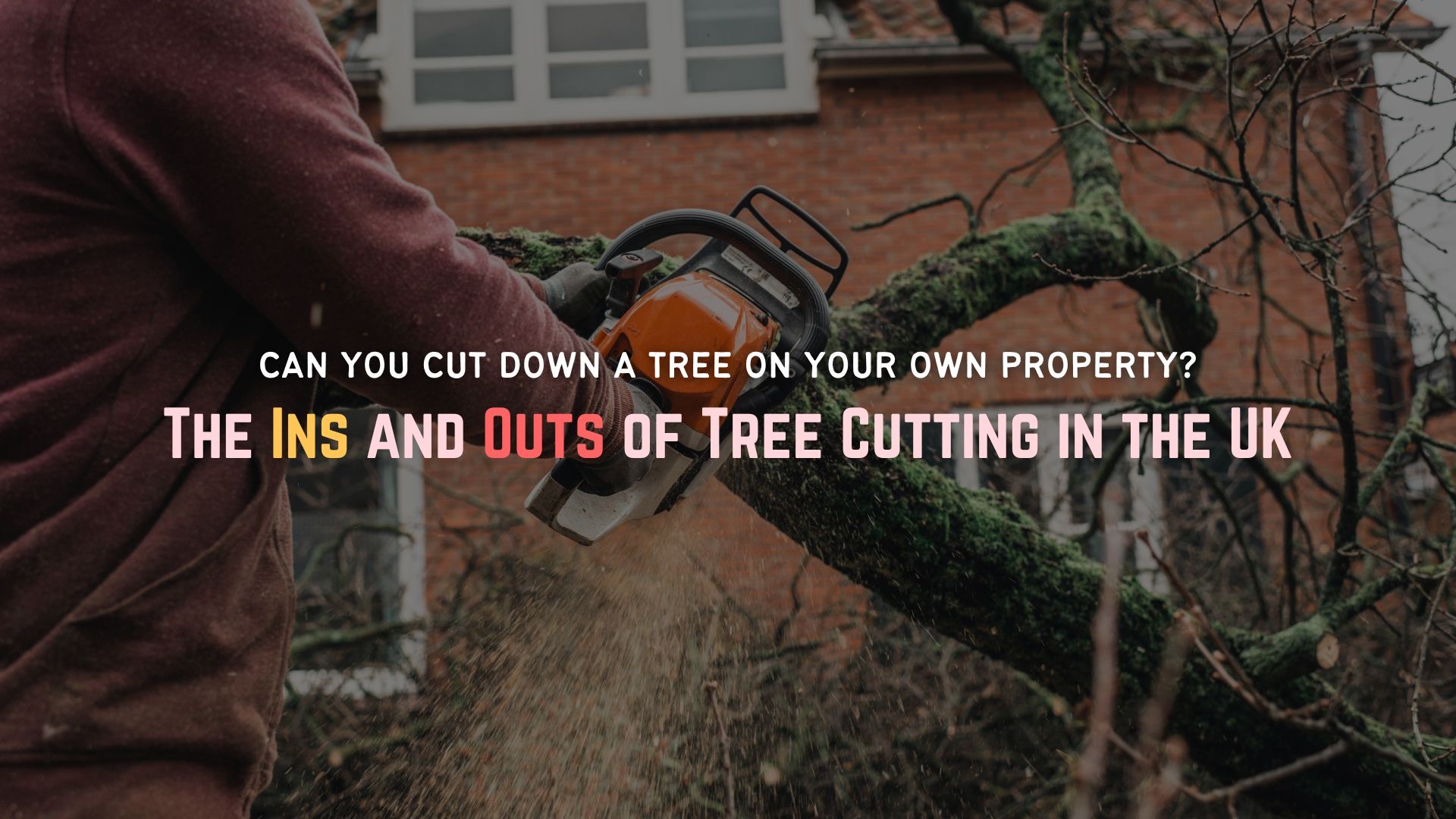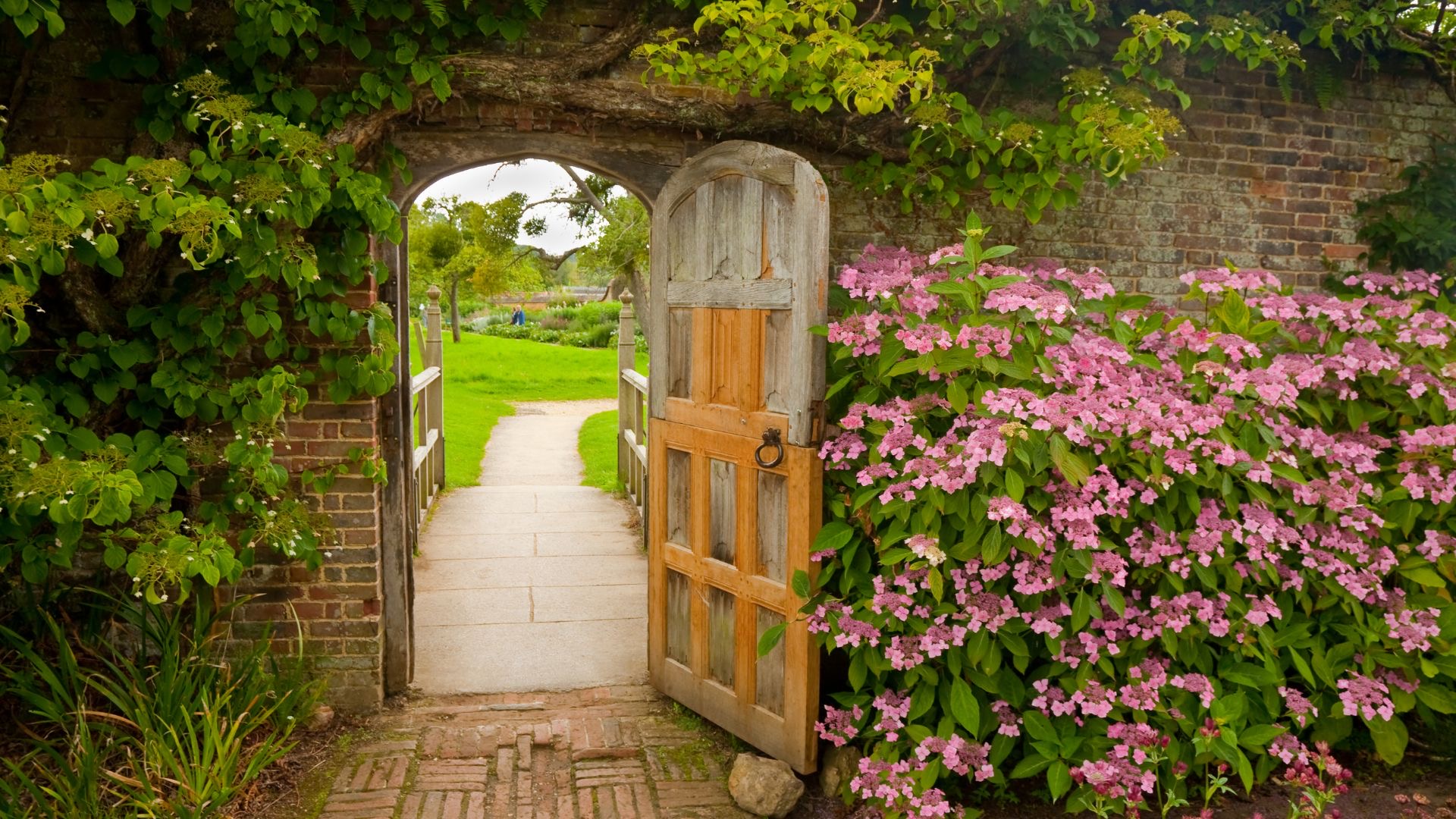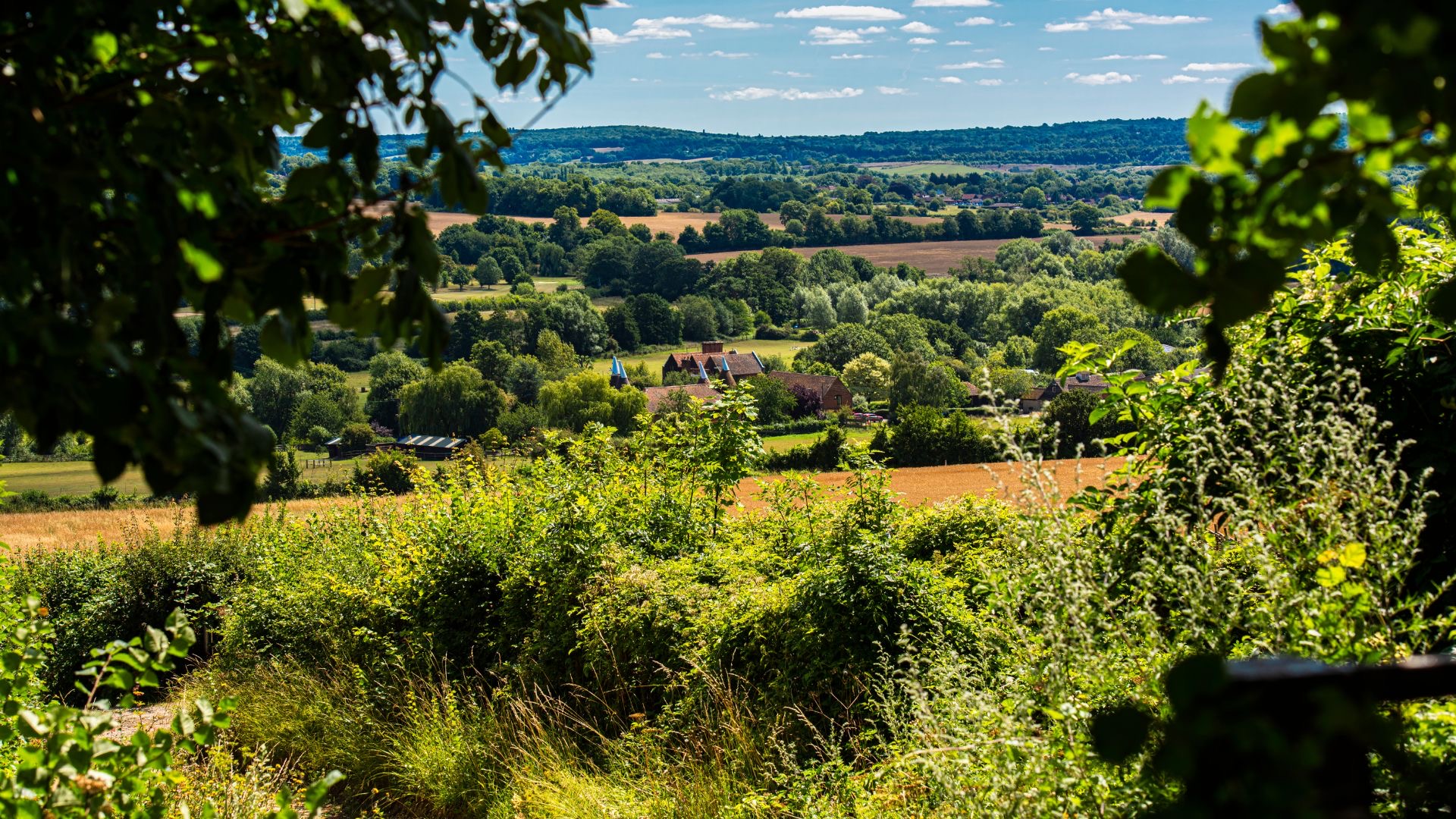If you’re a Kent homeowner and want to know more about pollarding then you’re in the right place!
Pollarding is a pruning technique with a long history in the UK. You may have seen pollarded limes or planes lining streets in Canterbury or Maidstone or mature willows shaped this way near Ashford and Tunbridge Wells. But what actually is pollarding and why is it used?
This blog will walk you through the purpose of pollarding, when it’s appropriate and how it benefits trees and homeowners.
Understanding pollarding
Pollarding is the practice of removing the upper branches of a tree to encourage a dense, controlled head of new growth. It’s carried out by making cuts at a specific height (usually above human reach) to limit the size of the tree and maintain its structure year after year. It’s important to note pollarding is only suitable for certain species, such as:
- Lime (Tilia)
- Plane (Platanus)
- Willow
- Poplar
- Ash (traditional pollards)
Attempting to pollard the wrong species or at the wrong time can severely damage or destabilise the tree.
Why is pollarding used for homes in Kent?
Pollarding has several practical and aesthetic benefits:
Controls tree size, making it ideal for gardens or streets where space is limited.
Reduces shade, allowing more light into gardens and homes.
Prevents branches overextending, decreasing the risk of breakage.
Encourages fresh, healthy regrowth, which can improve overall appearance.
Minimises conflicts with buildings, roads, footpaths or overhead wires.
In many built-up parts of Kent, such as Whitstable or central Canterbury, pollarding is one of the best ways to manage trees that would otherwise grow too large for their surroundings.
When should pollarding be done?
Timing is crucial. Pollarding is typically carried out in winter, when the tree is dormant or early spring, depending on the species. Some key guidelines include:
First-time pollarding must be done with care, as it sets the structure for all future cycles.
Once a tree has been pollarded, it should be maintained regularly, often every 1–3 years.
Mature trees should not be “pollarded” suddenly if they have never been managed this way before; this can cause shock or structural failure.
How the pollarding process works
Here’s what you can expect from the process:
Assessment: We look at species, age, condition and previous management to check if pollarding is suitable.
Planning the cuts: Pollarding requires strategically placed cuts at a consistent height to encourage balanced regrowth.
Carrying out the work: Our team removes specific branches while maintaining the structure that will support future cycles of growth.
Ongoing maintenance: Pollarded trees need regular follow-up work to keep them healthy and safe.
The benefits of pollarding for Kent homeowners
Pollarding offers a number of helpful benefits, particularly for properties where space is limited or where a tree has begun to outgrow its surroundings.
By keeping the tree’s size under control, pollarding allows more light into your garden and reduces the likelihood of branches encroaching on buildings, boundaries or public pathways. It also helps prevent limbs from becoming overextended and prone to failure, which is especially important in areas of Kent that experience strong winds or confined garden spaces.
When carried out correctly and maintained over time, pollarding can actually improve the long-term health of suitable species. The regular cycle of removing and renewing growth encourages a strong framework and can give the tree a neater, more uniform appearance.
For many homeowners, this combination of practicality, safety and aesthetics makes pollarding a reliable and effective way to manage trees that would otherwise become unmanageable.
Is pollarding right for your tree?
Pollarding is an excellent management technique but only when applied to the right species, at the right time and with a long-term plan. If you’re unsure, we can assess your tree and advise on the best approach.
Our team at About Trees regularly carry out pollarding for homeowners across Kent, including Canterbury, Maidstone, Ashford, Whitstable and Tunbridge Wells.
In summary
Pollarding is a skilled, ongoing tree management technique that helps control size, improve safety and enhance appearance. With expert care, it can keep suitable trees healthy and manageable for decades. If you’d like advice on whether pollarding is appropriate for your tree, contact our team for honest, expert advice.
We’ll visit your site, assess the tree and recommend the best course of action for your situation.

